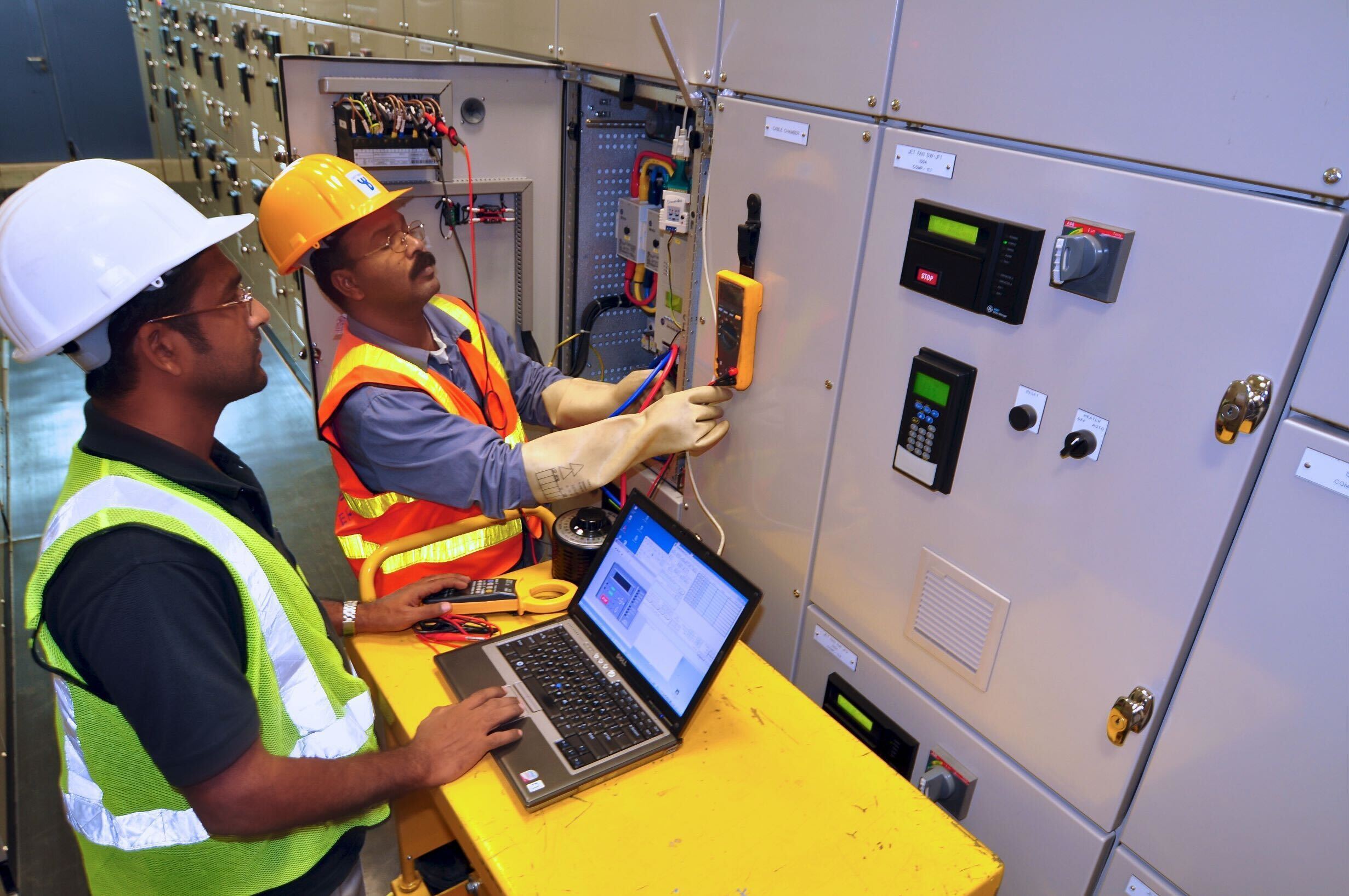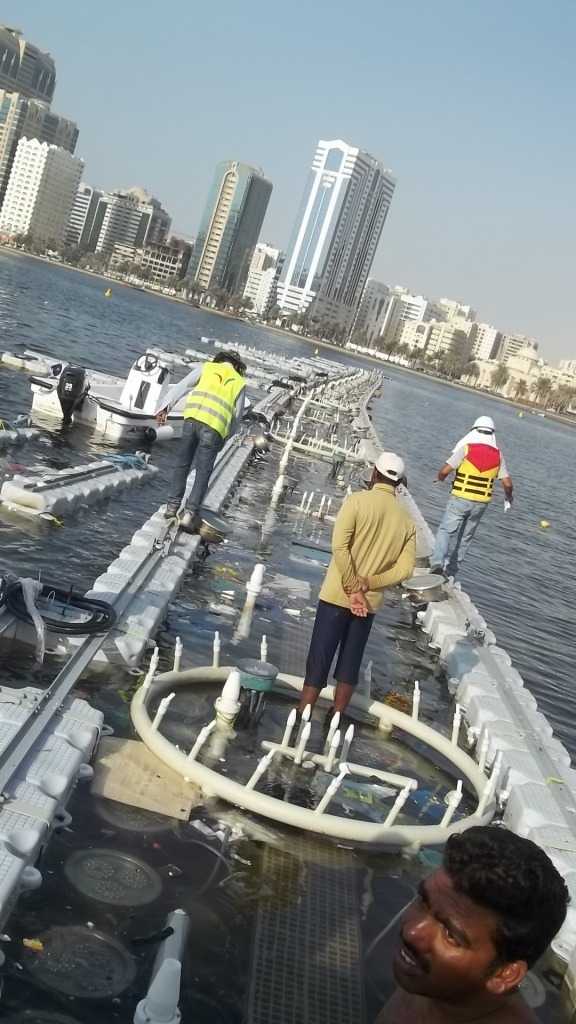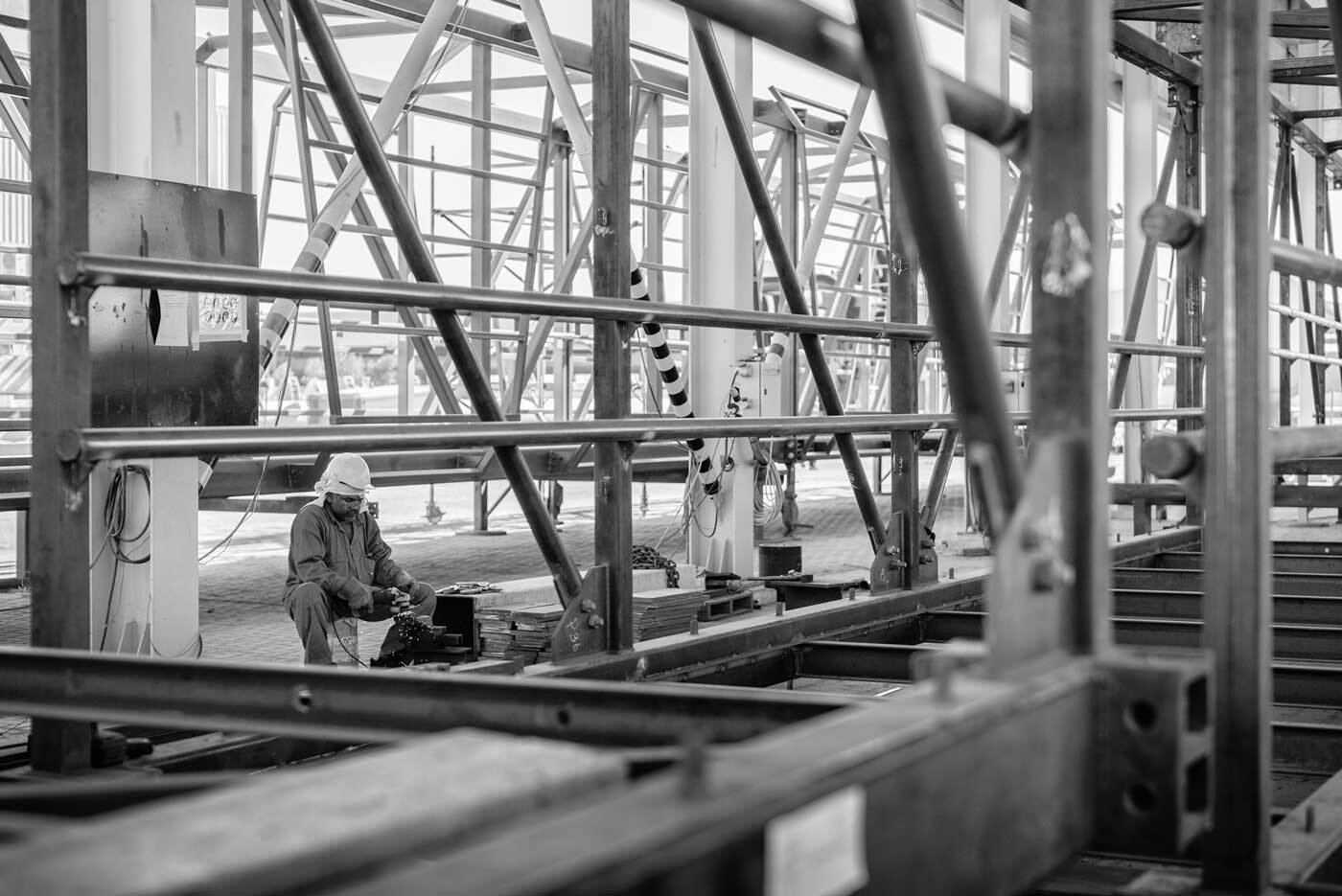Bridges are vital infrastructures that connect communities, facilitate commerce, and ensure smooth traffic flow. However, like any other structure, bridges require regular maintenance to remain safe and functional. Understanding the importance of bridge maintenance and implementing essential bridge maintenance tips can significantly extend the lifespan of these structures and ensure their reliability.

The significance of bridge maintenance cannot be overstated, as it plays a pivotal role in ensuring safety and economic efficiency. Here’s a deeper look into why regular upkeep is indispensable:
Safety assurance: The primary reason for regular bridge maintenance is to ensure the safety of its users. Bridges are engineering marvels designed to withstand a lot but are not invulnerable. Over time, weather, traffic loads, and natural wear and tear can take their toll. Without proper maintenance, these factors can lead to the development of structural weaknesses. These weaknesses can result in serious accidents or catastrophic bridge failures if not addressed. Regular maintenance is a preventive measure, ensuring potential safety hazards are identified and rectified promptly.
Economic benefits and longevity: From an economic standpoint, investing in bridge maintenance is far more cost-effective than bearing the expense of building new bridges. Well-maintained bridges have significantly extended lifespans, delaying the need for expensive replacements or extensive repairs. This longevity is beneficial in terms of direct financial savings and minimizing disruptions to transportation and commerce, which often accompany major bridge construction projects.
Preventive care: Routine maintenance is about being proactive rather than reactive. Regularly inspecting and maintaining bridges can identify and address minor issues before they evolve into major, more costly problems. This maintenance approach saves money in the long run and ensures bridges remain operational with minimal repair downtime. It’s a strategic way of managing infrastructure that prioritizes continuous functionality and safety.
Maintaining public trust: Bridges are public assets, and their condition often reflects on the perceived effectiveness of local or national governments. Regular and visible maintenance activities reinforce public trust in these institutions, assuring the community that their safety and convenience are being taken seriously.
Environmental considerations: Well-maintained bridges also contribute positively to the environment. By ensuring efficient traffic flow, they help reduce vehicle emissions that would otherwise increase in traffic congestion scenarios due to bridge closures or restrictions. Preventing structural failures avoids potential environmental disasters, particularly in the case of bridges over water bodies where a collapse could have a severe ecological impact.

The frequency of bridge maintenance varies depending on several factors, including the bridge’s age, material, design, and environmental conditions it’s exposed to. Generally, a thorough inspection should be conducted at least once every two years. However, more frequent inspections might be necessary for bridges in harsh environments or those with heavy traffic. It’s essential to follow a maintenance schedule that aligns with the specific needs of each bridge.

Regular inspections: One of the most critical aspects of bridge maintenance is to conduct frequent inspections. These inspections should be thorough and cover all aspects of the bridge, including its structural components, surface and foundation. Any wear, corrosion, or damage signs should be noted and addressed promptly.
Timely repairs: When issues are identified during inspections, it’s crucial to do repairs immediately. Delaying repairs can lead to the deterioration of the bridge and increase the risk of accidents. Whether fixing a small crack or replacing a worn-out component, timely repairs are essential in maintaining the integrity of the bridge.
Cleaning and debris removal: Regular cleaning and debris removal are vital to bridge maintenance but often overlooked. Debris, like leaves, dirt, and trash, can accumulate on the bridge, leading to drainage problems and corrosion. Keeping the bridge clean prolongs its life and makes it safer for users.
Corrosion protection: For bridges made of steel or other metals, protecting against corrosion is crucial. This can involve applying protective coatings, ensuring proper drainage to prevent water accumulation, and using corrosion-resistant materials in construction and repairs.
Load management: Managing the load on the bridge is another essential aspect of bridge maintenance. This includes monitoring the weight and type of vehicles that use the bridge and ensuring they stay within its load capacity. Overloading can cause undue stress on the structure, leading to damage and reduced lifespan.

Incorporating these essential bridge maintenance tips into a regular maintenance schedule is necessary for the longevity and safety of bridges. By understanding the importance of bridge maintenance and taking proactive steps to care for these structures, we can ensure they continue to serve their purpose effectively for many years. Remember, maintaining a bridge is not just about fixing what’s broken; it’s about preventing issues from arising in the first place.
Waagner Biro is committed to upholding the highest bridge maintenance and safety standards.
Contact our team to learn more about our bridge maintenance services.